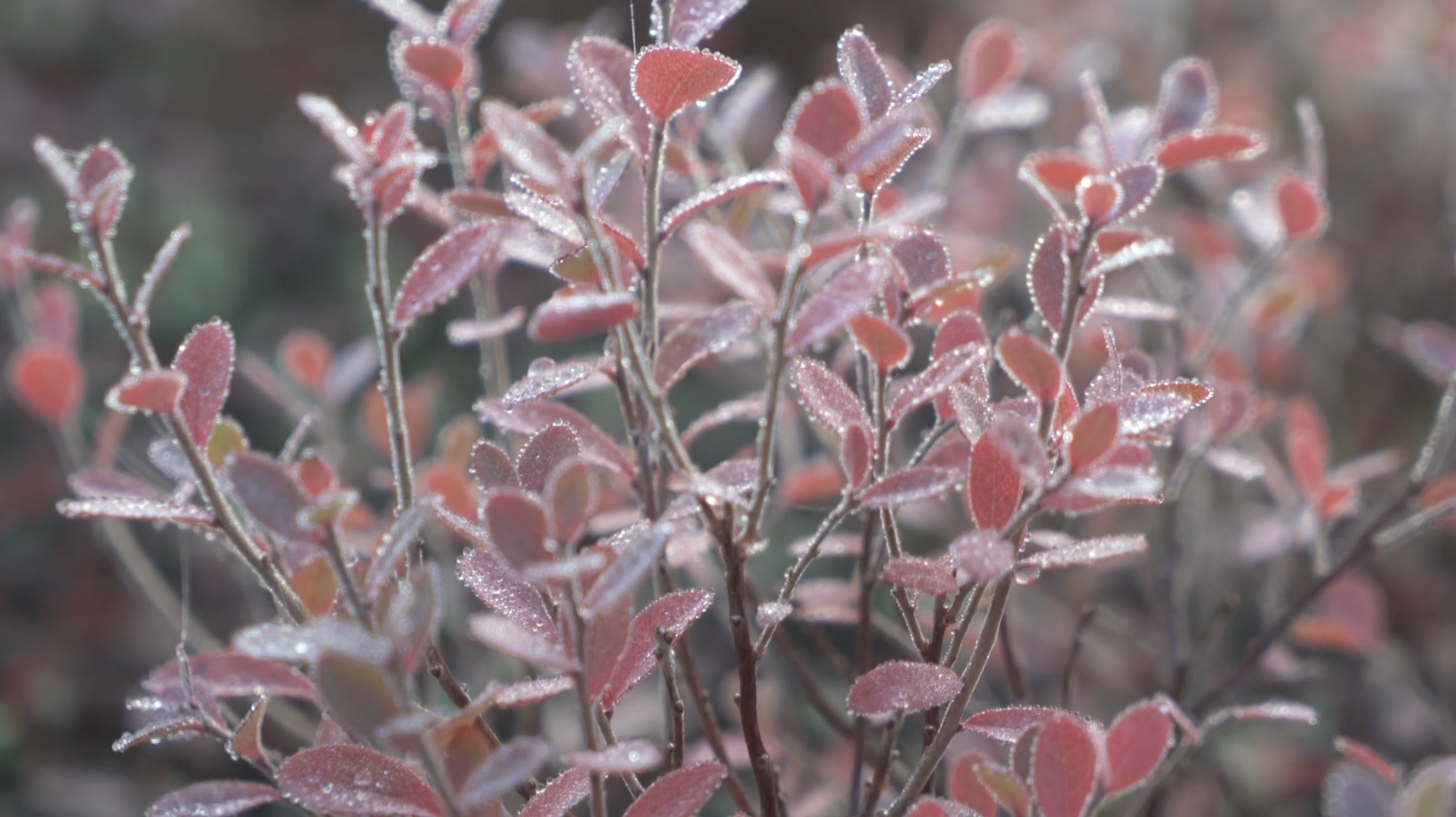
THE NATIONSSayisi Dene First Nation
Northlands Denesuline First Nation
Barren Lands First Nation
O-Pipon-Na-Piwin Cree Nation
Sayisi Dene First Nation
The Sayisi Dene First Nation is based in Tadoule Lake. The most eastern of all Dene peoples, they have lived in and followed caribou through the Seal River Watershed since time immemorial.
In 1956, the Sayisi Dene in Little Duck Lake were forcibly relocated to Churchill by the Government of Canada. Years of oppressive conditions followed, and about one-third of the community members died as a result of racism, poverty, and violence. In 1973, the Sayisi Dene First Nation organized to move back to traditional territory and established a community at Tadoule Lake (T’ese oolituwe in Dene).
“The watershed should be protected because it’ll ensure our future generations peace of mind, pride of land, and pride of who we are.”
— Yvonne Cheekie, Sayisi Dene First NationThe Northlands Denesuline First Nation is the northernmost First Nation in Manitoba. Based in Lac Brochet known as Dahlu T’ua in Dene, the First Nation is governed by a Chief and six councillors and is affiliated with the Keewatin Tribal Council. Northlands First Nation was established in the 1960s.
The Nation’s traditional territory spans intact boreal forest, lakes, and wetlands that support caribou, fish, moose, and many other animals. In addition to Lac Brochet, the territory includes the villages of Sheth Chok, Thuycholeeni, Thuycholeeni Aze, and Tthekale Nu.
Northlands Denesuline First Nation
“We need to protect our land and waters so the wildlife can live long and healthy lives, and we can keep our culture and traditions alive for future generations to come.”
— Sharnelle Veuillot, Northlands Denesuline First NationBarren Lands First Nation
The Barren Lands First Nation is based on the north shore of Reindeer Lake, close to the Saskatchewan border. Many community members live in the village of Brochet, and many speak the Cree and Dene languages.
The Nation is governed by a Chief and three councillors and is affiliated with the Keewatin Tribal Council.
“We love our watershed, and we have to protect our land, water, and wildlife. It needs to be kept safe for our ways of life and for our future generations to come.”
— Sammy Serene, Barren Lands First NationO-Pipon-Na-Piwin Cree Nation
The O-Pipon-Na-Piwin Cree Nation is governed by a Chief and four Councillors, centered in South Indian Lake, about 315 kilometres north of Thompson via MBPR 391 north. Created in 2005, the Nation was formerly part of the Nisichawayasihk Cree Nation within the Treaty 5 Territory. The community is located along the shores of the lake in the heart of the boreal forest.
The Cree peoples of the South Indian Lake/Churchill River Region have been documented as far back as the 16th century, trading with surrounding neighbours. Some archeological sites in the territory date back 6,500 years. The traditional territory of the Cree encompasses the abundance of waterfowl, moose, caribou, fish and medicines of the boreal forest and watershed from South Indian Lake all the way to the Hudson Bay.
South Indian Lake is considered one of the most affected communities by Manitoba Hydro’s projects in the 1970s. The Cree were forced to relocate to the western shore of Southern Indian Lake due to project-related flooding and provided with homes unfit for Northern living. The community’s robust whitefish fishery, second largest of its kind in North America, was destroyed along with its trapping industry.
The Cree have persevered the devastating hydro development impacts which resulted in increased social assistance dependence while maintaining their historic cultural practices within their traditional territory.
“We should protect the watershed because it is crucial to our culture.”
— Mary Wood, O-Pipon-Na-Piwin Cree Nation





